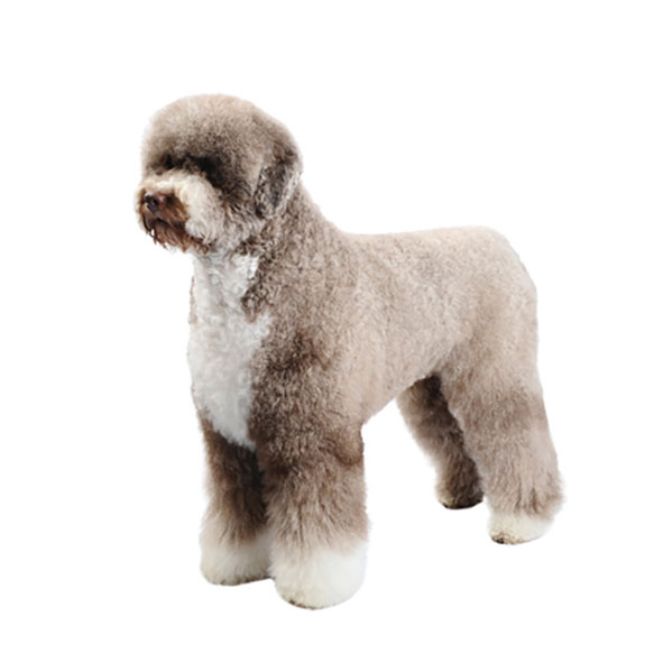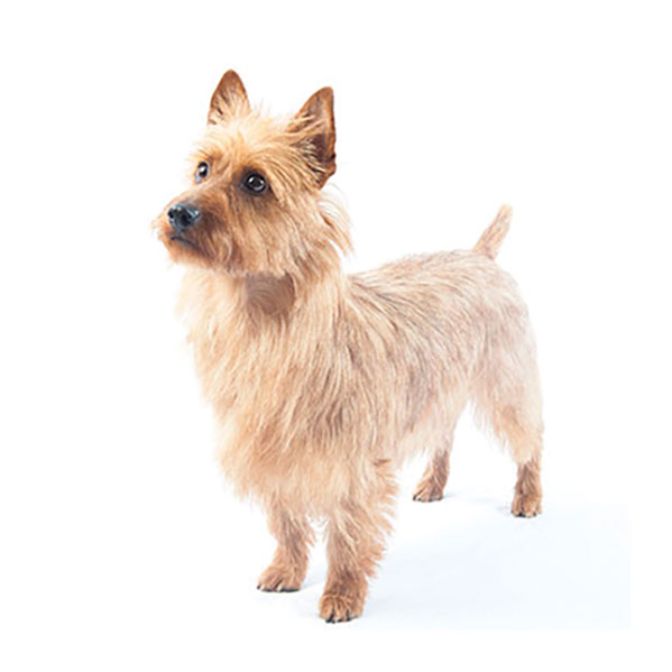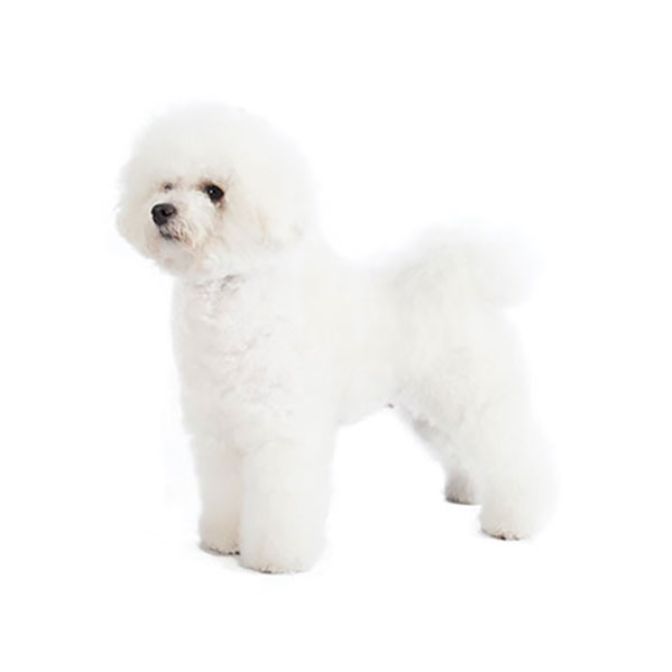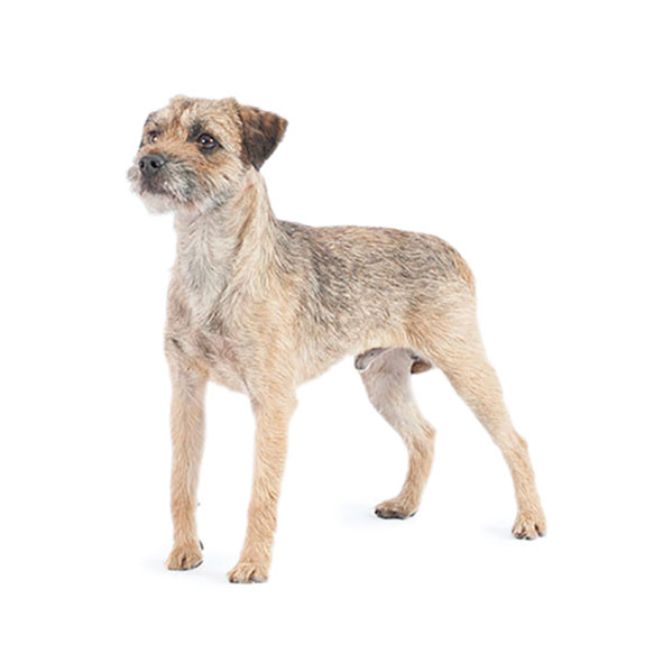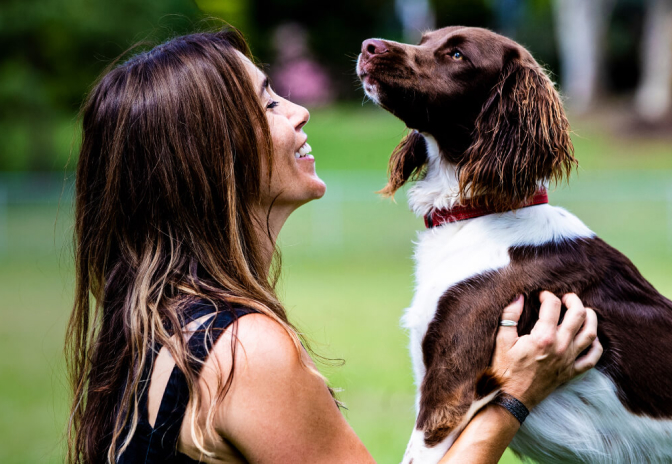Portuguese Water Dog
The Portuguese Water Dog is an active, working type dog with great stamina. It needs daily physical and mental exercise, which includes a daily, long, brisk walk or jog. They love to swim and there is nothing they would love more than if you threw a stick or ball in water for it to retrieve.
Medium
Medium
On average males stand at 50 - 57cm at the withers, females average at height is 43 - 52cm from the withers.
High
On average males weigh 19 - 25kg, females, 16 - 22kg.
Conformation, Agility, Obedience, Retrieving, Water Rescue
The Portuguese Water Dog is a loyal, lively, water-loving dog. Animated, amusing, spirited and fun to be around, they often make people laugh, affectionate with their family. They are excellent with children and usually get along with other dogs and pets without any problems. They need to get to know cats so that the company of them will also cause no problems. They have a very good sense of smell. Suitable for agility skill trials and numerous other dog sports. Portuguese Water Dog puppies are notorious chewers. Be sure to provide them with things they are allowed to chew on.
The Portuguese Water Dog is a medium-sized, muscular dog. The topline is straight and level. The broad, domed head is slightly longer than the muzzle. The muzzle has a well-defined stop. The black nose is broad. The teeth meet in a scissors or level bite. The medium sized, round eyes are dark. The heart-shaped ears are set high, hanging. The tail is not docked to aid in swimming, is thicker at the base tapering. Dewclaws are sometimes removed. The legs are straight. The feet are webbed which aids the dog in swimming. The single-layered coat is thick and is either curly or wavy in texture.
12 to 15 years
Coat colors come in black, white, various shades of brown, parti-colors of white with dark spots, black or brown with white markings, silver fox and gray.
The Portuguese Water dog should be brushed and combed regularly. Primarily coat type does not determine which trim they are put in. It is a personal preference. Two coat clips are used: One clip with the face and rear shaved, and the working retriever or pet clip where the dog is scissored so the coat appears to be about an inch long all over.
Water Dogs are prone to hip dysplasia and PRA and some are prone to GM-1 Storage Disease, a fatal nerve disease.
On the whole these dogs are not big eaters when you consider the amount of exercise they require.
Excellent swimmers, the Portuguese Water Dog worked alongside Portuguese fisherman for hundreds of years doing numerous jobs. They were so valuable they were considered part of the crew. The lion trim had a specific purpose. The fishermen would shave the rear and muzzle to aid in swimming and working in the water.
Long hair was left to help keep vital organs warmer and protect the dog from injury on the main body neck and head.
The dogs worked herding and catching fish, retrieving broken nets or anything that fell into the water, carrying messages from one ship to the other or from ship to shore and even guarded the boats in foreign ports. The dogs were so popular even non-commercial fishermen could rent one for their fishing trips.
As time went on technology replaced the dogs' jobs and by the 1930s the breeds numbers dropped considerably. It was not until a wealthy, Portuguese man named Vasco Bensaude started a breeding program in an attempt to save the breed did their numbers raise once again.
The Portuguese Water Dog originated in Portugal, where the breed is called the Cao de Agua, or “dog of water.” He also is commonly referred to as the Portuguese Fishing Dog.
